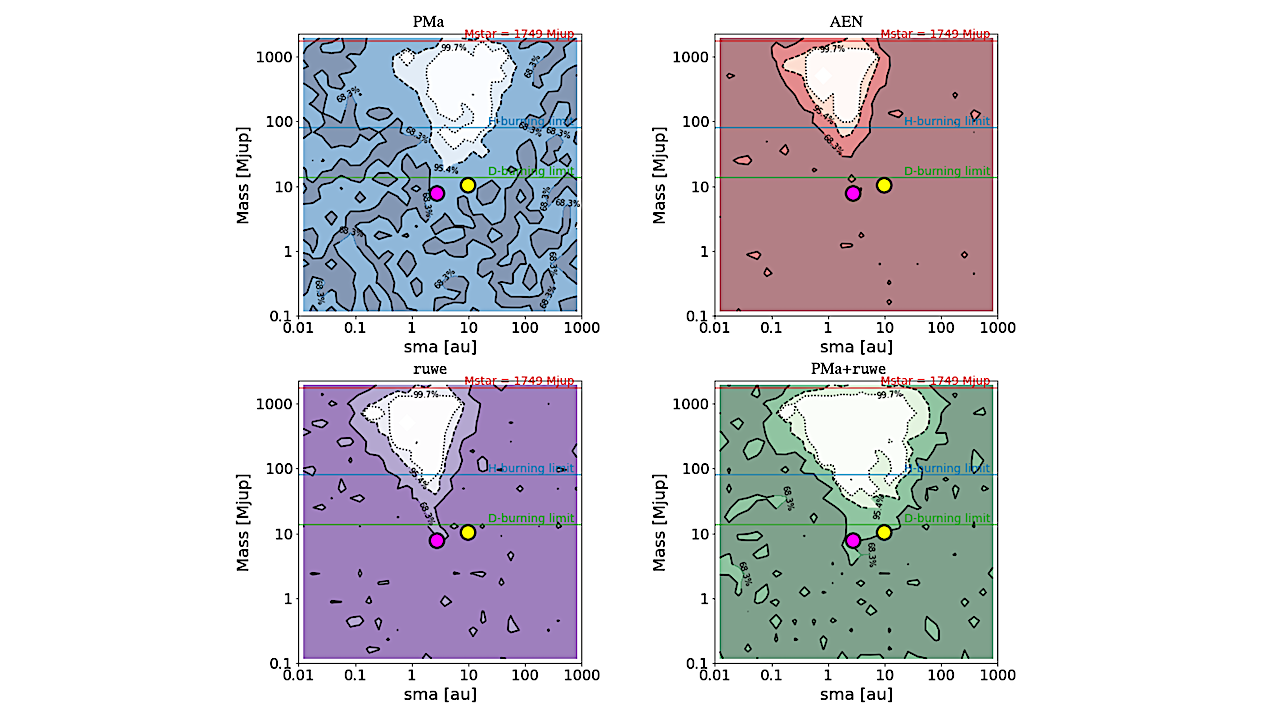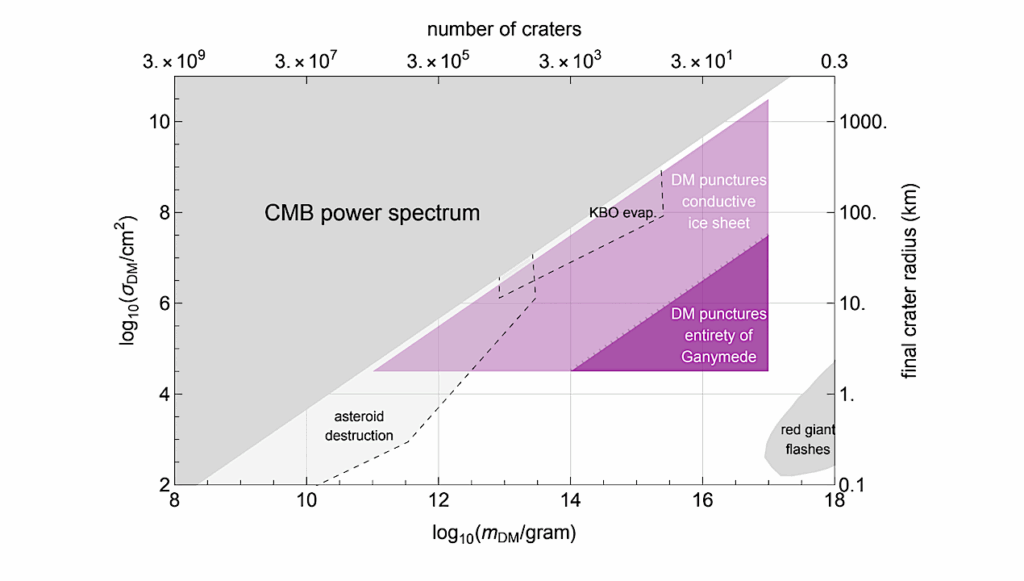Searching For Substellar Companion Candidates With Gaia. I. Introducing The GaiaPMEX Tool

The Gaia mission is expected to yield the detection of several thousands of exoplanets, perhaps at least doubling the number of known exoplanets. Although the harvest is expected to occur when the astrometric time series will be published with DR4 at the eve of 2026, the DR3 is already a precious database to search for exoplanet beyond 1 au.
With this objective, we characterized multiple systems by exploiting two astrometric signatures derived from the DR3 astrometric solution of bright sources (G<16). We have the proper motion anomaly, or PMa, for sources also observed with Hipparcos, and the excess of residuals in the RUWE and the astrometric excess noise (AEN).
Those astrometric signatures give an accurate measurement of the astrometric motion of a source seen with Gaia, even in the presence of calibration and measurement noises. We found that they can allow identifying stellar binaries and hint to companions with a mass in the planetary domain. We introduce a tool called GaiaPMEX, that is able, for a given source, to model its astrometric signatures, by a photocenter orbit due to a companion with certain mass and semi-major axis (sma).
Comparing to their actual measurements from the DR3 and Hipparcos, GaiaPMEX calculates a confidence map of the possible companion’s mass and sma. The constraints on mass are, as expected, degenerate, but when allowed, coupling the use of PMa and RUWE, may significantly narrow the space of solutions. Thanks to combining Gaia and Hipparcos, planets are expected to be most frequently found within 1-10 au from their star, at the scale of Earth-to-Saturn orbits.
In this range, exoplanets with mass down to 0.1 MJup are more favorably detected around M-dwarfs closer than 10 pc. Some fraction, if not all, of companions identified with GaiaPMEX may be characterized in the future using the astrometric time series that will be published with the DR4.

GaiaPMEX constraints on mass and sma of a candidate companion around GJ 832. Top-left: using PMa; top-right: using αUEVA from AEN; bottom-left: using αUEVA from ruwe; Bottom-right: combining PMa and αUEVA. The colored regions inside the contours show the 68.3%, 95.4% and 99.73% confidence intervals. The thick dark lines show the model relationships developed in Section 7.2 and 7.3. The yellow dot shows the properties of the known exoplanet companion in this system derived from RV, smab=3.6 au and Mb=0.99 MJ (Philipot et al. 2023a). — astro-ph.SR
Flavien Kiefer, Anne-Marie Lagrange, Pascal Rubini, Florian Philipot
Comments: 26 pages, 28 figures + appendices; accepted for publication in A&A on 03/09/2024
Subjects: Earth and Planetary Astrophysics (astro-ph.EP); Instrumentation and Methods for Astrophysics (astro-ph.IM); Solar and Stellar Astrophysics (astro-ph.SR)
Cite as: arXiv:2409.16992 [astro-ph.EP] (or arXiv:2409.16992v1 [astro-ph.EP] for this version)
https://doi.org/10.48550/arXiv.2409.16992
Focus to learn more
Submission history
From: Flavien Kiefer
[v1] Wed, 25 Sep 2024 14:57:21 UTC (7,970 KB)
https://arxiv.org/abs/2409.16992
Astrobiology,








